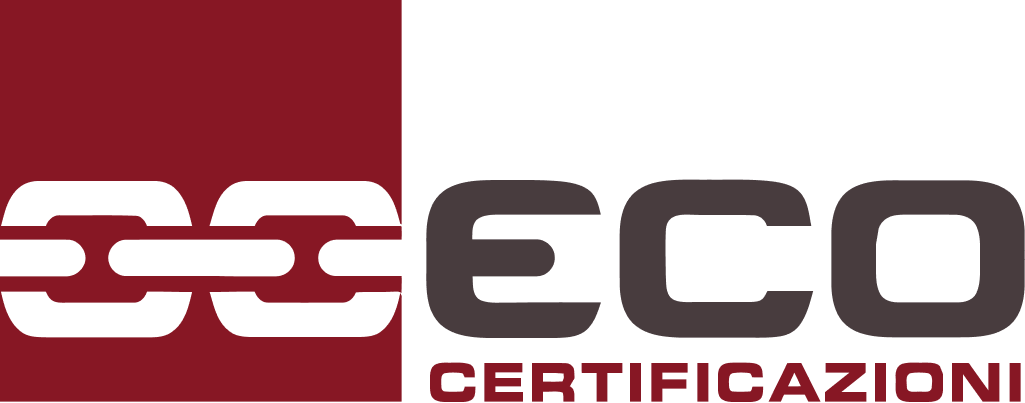Water analysis – Legionella
“Legionellosis, or Legionnaires' Disease, is a lung infection caused by Legionella pneumophila, a bacteria that provokes an infective disease of the respiratory system with sometimes very serious effects: transmission occurs through the nebulisation of hot water (aerosol) contaminated due to stagnation and insufficient maintenance of installations. Legionella is present in natural and artificial aquatic environments: spring water, including hot springs, rivers, lakes, muds, etc. From these environments the bacteria reaches artificial ones like urban pipes and plumbing systems in buildings, like water tanks and pipes, fountains and pools, that may amplify or disseminate the microorganism, creating a potential situation of risk for human health (Declerck et al., 2007; Fliermans et al., 1981).”
The mortality rate correlated with Legionella infection depends on a few specific factors (like the seriousness of the illness, the appropriateness of the initial anti-biotic treatment, the place where the infection was contracted, the patient’s pre-existing conditions) and may vary from 40-80% in untreated immunocompromised patients, to 5-30% in case of an appropriate treatment of the pathology. Overall, the lethality of Legionellosis varies between 5% and 10%.
(source https://www.epicentro.iss.it/legionellosi)
Prevention
Today, pursuant to the Consolidated Act, the employer is obliged to assess the actual risk of Legionella in all the workplaces under his responsibility, as well as subject the latter to the required anti-legionella treatments. Legionella research analysis are in line with the “Guidelines for the prevention and control of Legionellosis 79/CSR/2015”.
The best approach for the prevention of Legionella also refers to the concepts dictated by the World Health Organization in dealing with a Water Safety Plan:
- Correct planning and construction of technological installations that involve the heating of water and/or its nebulisation (system at risk). These include water-heating systems, conditioning systems with humidification of air and water, evaporative tower or evaporative condenser cooling systems, systems that distribute and supply thermal, pool, and hot tub waters.
- adoption of preventive measures (maintenance and, if necessary, disinfection) aimed at fighting the multiplication and spread of Legionella in installations at risk.
Legionella risk assessment
This is a risk assessment activity to evaluate the correct and effective management of the «risk of Legionellosis»
Guidelines
Legionella Risk Assessment is a legal obligation required by Italian Legislative Decree 81/08, for which the document of reference is:
- “Linee guida per la prevenzione ed il controllo della legionellosi” (04.04.2000) (Guidelines for the prevention and control of Legionellosis), made available by the Istituto Superiore di Sanità (National Institute of Health): potential intervention strategies to be implemented in hospitals, nursing homes, and community structures (hotels, campgrounds, swimming pools, etc.) are provided.
- “Linee Guida recanti indicazioni sulla Legionellosi per i gestori di strutture turistico-ricettive e termali” (Guidelines with indications on Legionellosis for tourism-reception and thermal structure managers) (document published in the Gazzetta Ufficiale – or Official Journal – N. 28 of 04.02. 2005)
- Furthermore, as outlined in Italian Lgs. Decree 81/2008 and successive modifications and integrations, the risk of exposure to Legionella in any workplace requires the actuation of all the appropriate safety measures to practise the most comprehensive prevention and protection for all the subjects present, considering that at Title X of the above-mentioned Lgs. Decree 81/2008 Legionella is classified as Group 2 among pathogens.
The safety measures must be implemented following the risk assessment procedure, indicated always in the above-mentioned Title X and must be actuated in conformity with the measures of Title I (of the above-mentioned Legislative Decree), making reference to the indications in Articles 15 and 18. The drafting of the document is based on the knowledge found in international scientific literature and also drew from the guidelines produced on international (WHO), European (EWGLI), and national/regional levels.
Recipients
All the subjects, who in various ways are involved in the production, distribution, and supply of drinking water, have, each in his or her own way and proportion, a quota of responsibility in respecting the parametric values (which have replaced the old maximum concentrations admissible of the Italian Presidential Decree DPR 236/88) to the point in which the water – used for human consumption – comes out of the tap.
More precisely, the following subjects are obliged to guarantee the maintenance of the water quality requirements:
- The manager, to the point of delivery (user’s meter);
- The administrator, in the presence of condominium supply;
- Each individual owner, if each real estate unit has its own meter.
How ECO works
ECO has made available an independent risk assessment service and outsourcers who consent to certify a complete risk assessment through the analysis of the system and environmental samples, for the purpose of identifying critical points.
This activity consists of 3 main stages:
- Analysis by a Qualified Technician for the legionella risk assessment;
- Samples of sanitary water and microbiological analyses by a qualified laboratory;
- Issuing of the Test Report and comments on the intervention according to the Legionellosis Guidelines 2015.
List of analyses
- Enumeration of Legionella – ISO 11731:2017.
- Micro-organisms culturable at 22 °C and 36 °C – ISO 6222:1999: Parameter that enables the highlighting of the spore-forming, chromogen, putrefactive, etc. microbic species of human or animal origins.
- Enumeration of Escherichia coli – UNI EN ISO 9308-1:2017: thermoresistant bacterial species whose natural habitat is human and animal intestines.
- Coliform Bacteria – UNI EN ISO 9308-1:2017: bacteria commonly found in the soil, in waters, and in the environment in general and some of them are habitually guests in human and animal intestines.
- Intestinal enterococci – UNI EN ISO 7899-2:2003: bacteria habitually a guest in human and animal intestines with a greater capacity of survival.
- Pseudomonas aeruginosa – UNI EN ISO 16266:2008: microorganism typically environmental and, for this reason, can be found also in drinking water, especially if the water is in a stagnant condition.

